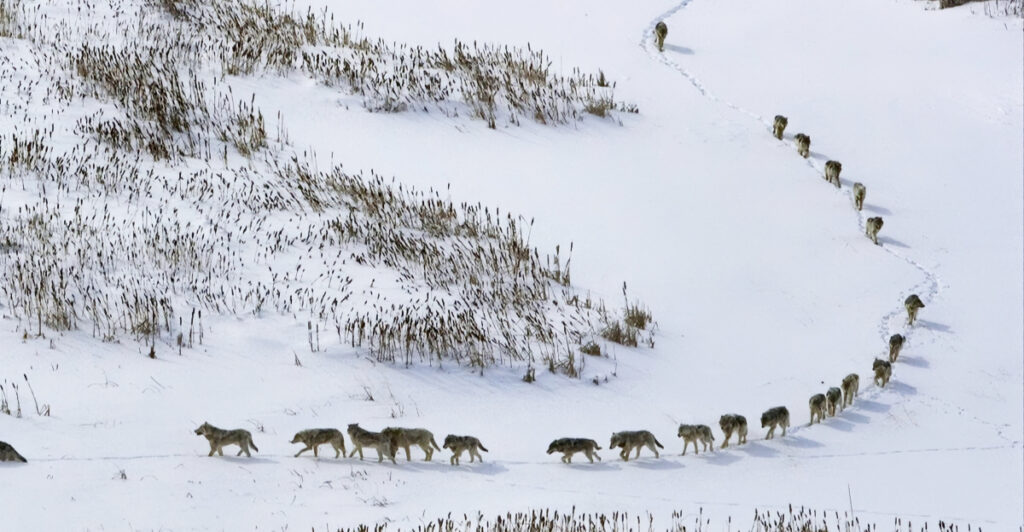
Yellowstone is no stranger to wildlife drama, but the latest development has park officials and conservationists on high alert. The world’s largest wolf pack is amassing near the park’s borders, raising concerns about their survival beyond the safety of protected lands. Wolves are vital to Yellowstone’s ecosystem, yet hunting laws just outside the park threaten their future. What does this mean for conservation efforts, tourism, and the delicate balance of nature?
The Yellowstone Wolf Crisis: A Conservation Turning Point
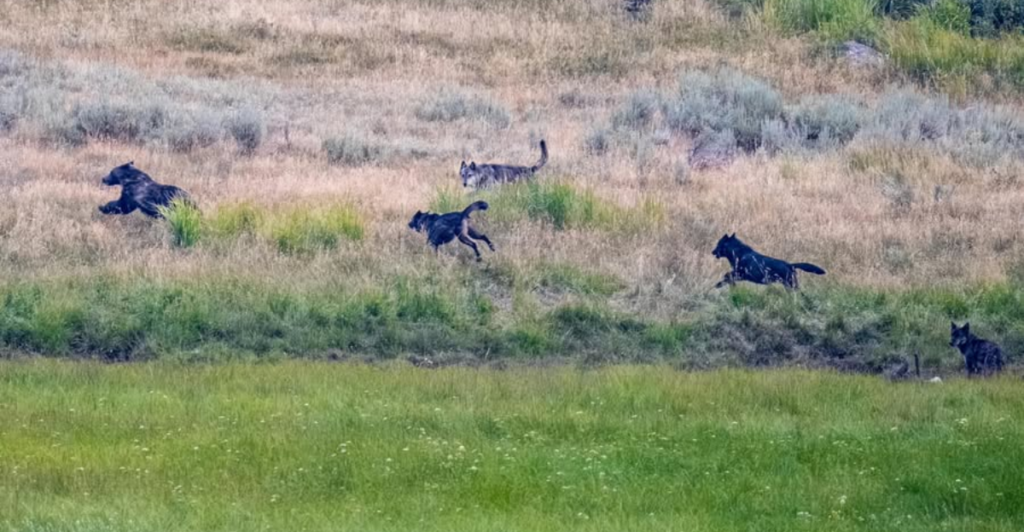
Yellowstone is witnessing an extraordinary event as the world’s largest wolf pack, the Junction Butte pack, gathers near its borders. This shift has ignited concerns among conservationists, as wolves leaving park boundaries face an uncertain fate.
The fragile balance between preservation and state-level hunting policies underscores a critical turning point in predator conservation. The Junction Butte pack, at one point numbering 35 members, challenges conventional notions of wolf social structures, survival strategies, and human-wildlife coexistence.
With increasing pressure from expanded hunting zones in Montana and Idaho, Yellowstone’s wolves face a looming crisis that could undo decades of conservation efforts. How Yellowstone, the public, and policymakers respond will determine the future of one of the park’s most iconic species.
Wolves in Yellowstone’s Ecosystem
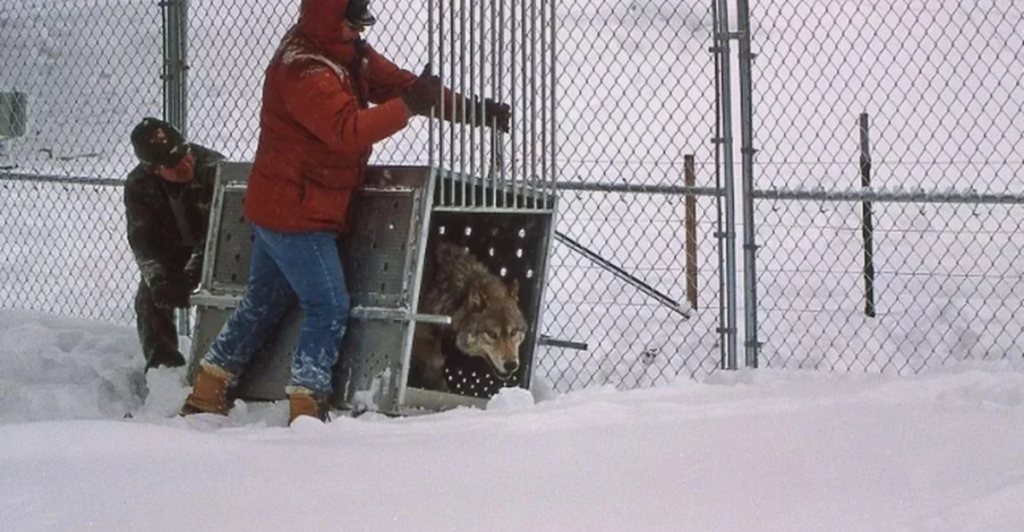
Wolves were once driven to extinction in Yellowstone due to aggressive hunting and government-led extermination campaigns. Their absence for over 70 years led to severe ecological consequences, including unchecked elk populations that decimated vegetation.
In 1995, 14 wolves from Canada were reintroduced, igniting a dramatic transformation. Their presence reestablished predator-prey dynamics, allowing aspen, willow, and beaver populations to recover. This return became a landmark case for apex predator conservation worldwide. However, the battle for their survival did not end within park boundaries.
State policies outside Yellowstone continue to permit the hunting and trapping of wolves that stray beyond protected lands. The infamous case of Spitfire, a well-known wolf killed legally just outside the park in 2018, highlights the fragility of conservation efforts when species protection is limited by political borders.
The Border Problem: When Protection Ends
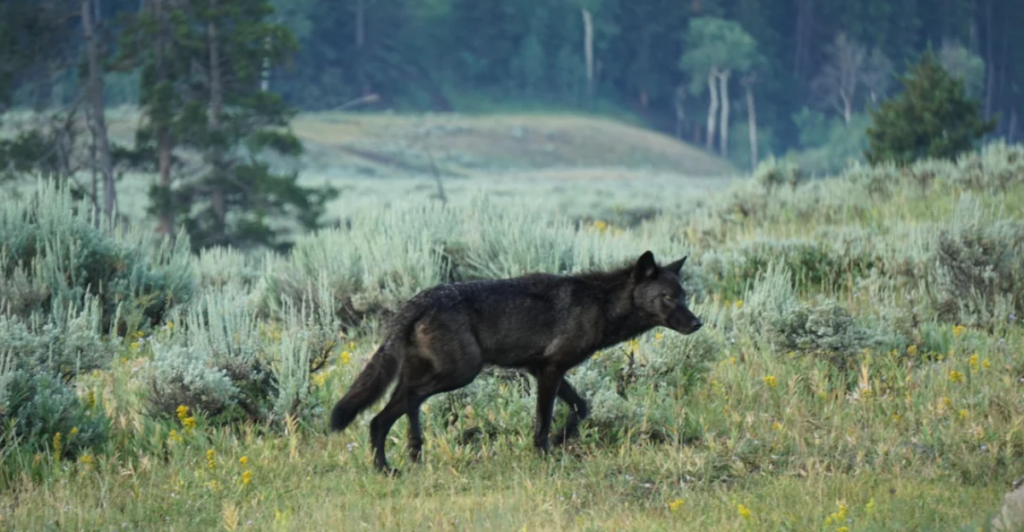
Yellowstone’s wolves are safe within the park, but once they cross its borders, they face drastically different hunting laws. In one season, 25 Yellowstone wolves were killed after entering Montana, Idaho, and Wyoming.
Unlike anti-poaching technology used in Africa, no tracking system prevents wolves from unknowingly crossing into danger. This invisible border creates a lethal vulnerability, where wolves are legally hunted despite their vital ecological role. The unusually large Junction Butte pack faces an even greater risk, as their numbers increase the chances of accidental border crossings.
Without intervention, the survival of Yellowstone’s wolves remains threatened by human interference just beyond the park’s protective boundaries. The absence of safeguards highlights a critical conservation gap, leaving these apex predators exposed to policies that undermine decades of recovery efforts.
Wolves in the Crosshairs: The Northern Rockies Hunting Crisis
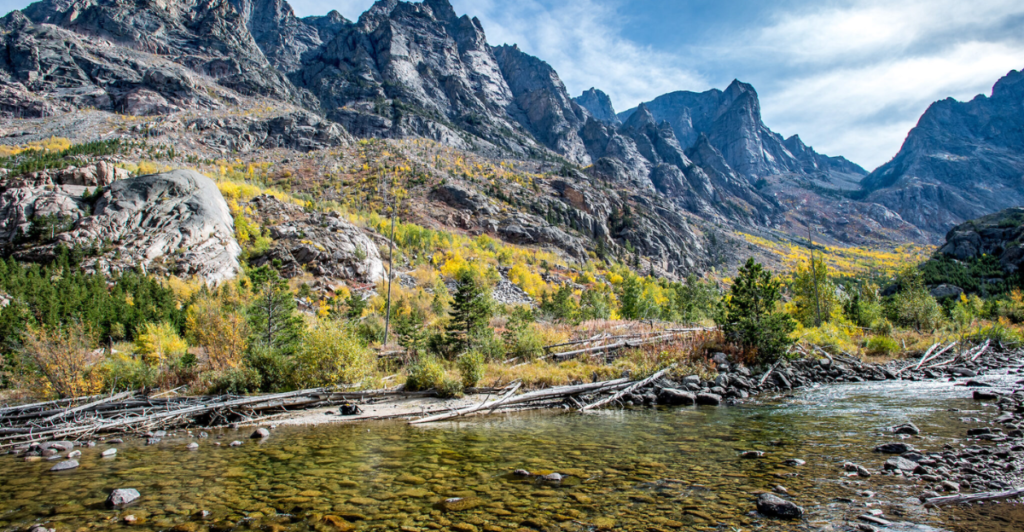
The Northern Rockies remain one of the most dangerous places for wolves in the U.S. While wolves in 44 states regained federal protection, those in Montana, Idaho, and Wyoming remain exposed to aggressive hunting policies. Idaho permits wolf hunting without kill limits, while Montana legalized controversial methods like snaring and baiting.
With over 270 wolves killed in Montana and more than 300 in Idaho in 2022, conservationists warn that such policies could dismantle decades of successful wolf recovery efforts. With a pack as large as Junction Butte nearing the park’s border, the probability of losses increases, making Yellowstone’s efforts to protect its wolves more challenging than ever.
Policy Shifts: How State Laws Impact Yellowstone’s Wolves
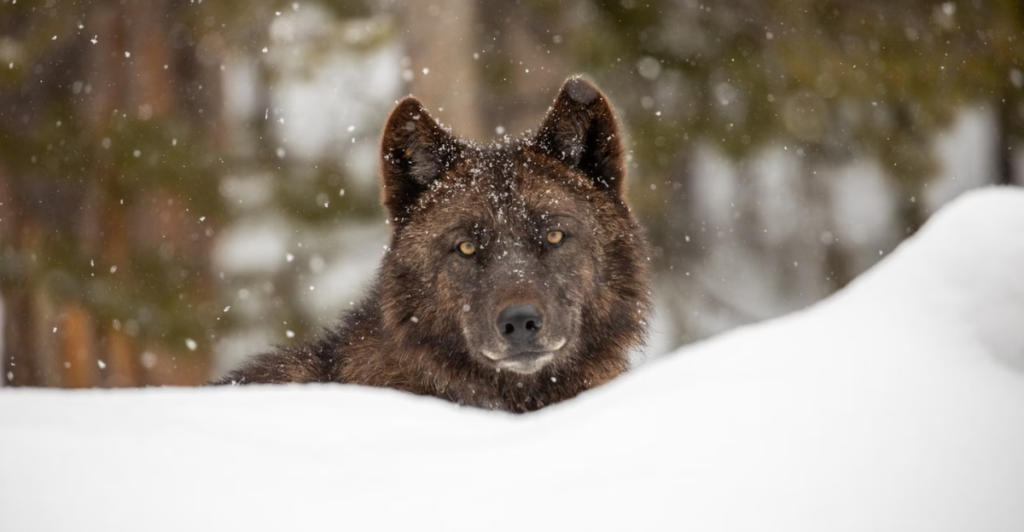
In recent years, state policies surrounding Yellowstone have shifted towards more aggressive wolf management. Idaho’s establishment of year-round trapping, unlimited hunting quotas, and financial incentives for wolf removal exacerbate the risks.
Montana’s legalization of wolf snaring further intensifies the problem. These expanded hunting laws create a de facto buffer zone where wolves leaving Yellowstone face near-certain mortality. By positioning high-risk hunting areas around the park, states are directly affecting Yellowstone’s carefully maintained predator-prey balance.
Unless policy adjustments account for cross-border conservation strategies, Yellowstone’s wolves will remain trapped in a cycle of population recovery and external losses.
Monitoring the Crisis: Yellowstone’s Wolf Tracking Efforts
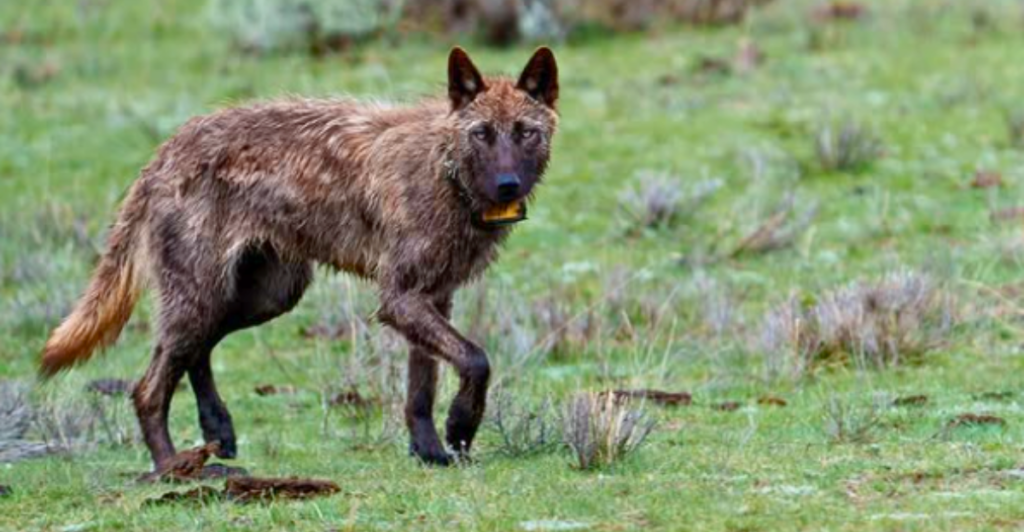
Yellowstone’s Wolf Project has implemented extensive tracking initiatives to monitor wolf activity, particularly for border-adjacent packs. Researchers conduct aerial surveys, fit wolves with radio collars, and analyze movement patterns to anticipate potential conflicts.
These efforts have helped identify key territories that demand closer surveillance. However, while tracking provides valuable data, it does not prevent wolves from crossing boundaries. Park officials must rely on real-time monitoring to issue alerts when packs like Junction Butte approach dangerous zones.
Without collaborative intervention between state and federal agencies, monitoring efforts alone may be insufficient to counteract the escalating risks posed by expanded hunting laws.
The Ecological Domino Effect: How Wolves Shape Landscapes
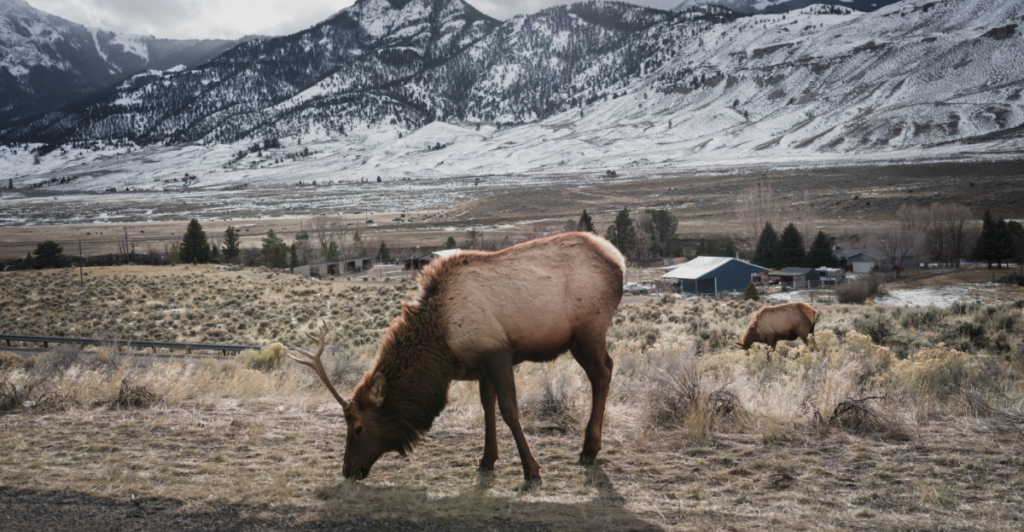
The presence of wolves in Yellowstone has led to a phenomenon known as trophic cascade, where their influence extends far beyond direct predation.
By regulating elk populations, wolves allow overgrazed vegetation to recover, which in turn benefits beavers and other species reliant on healthy riparian ecosystems. However, when large packs are systematically reduced due to boundary hunting, their absence disrupts this chain reaction.
If Junction Butte or similarly large packs are significantly diminished, the park may face cascading ecological consequences that threaten its delicate predator-prey balance. The challenge is not merely conserving individual wolves but ensuring the stability of an entire ecosystem.
Public Opinion: The Divided Perception of Wolves
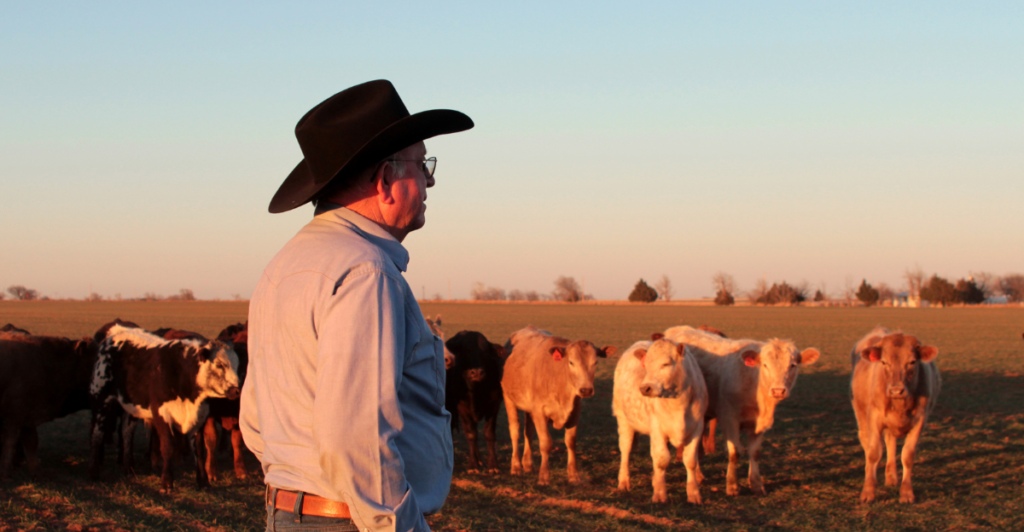
Wolves remain one of the most polarizing species in the American West. While conservationists view their resurgence as a success, ranchers and hunting communities often perceive them as threats to livestock and game populations.
This divide fuels policy decisions that favor aggressive wolf management outside Yellowstone. Large packs like Junction Butte, highly visible and often photographed by tourists, become symbols of both admiration and controversy.
The public narrative surrounding Yellowstone’s wolves influences legislation, funding, and conservation initiatives, making media representation and community engagement crucial components in shaping their future protection.
The Path Forward: Rethinking Border Conservation
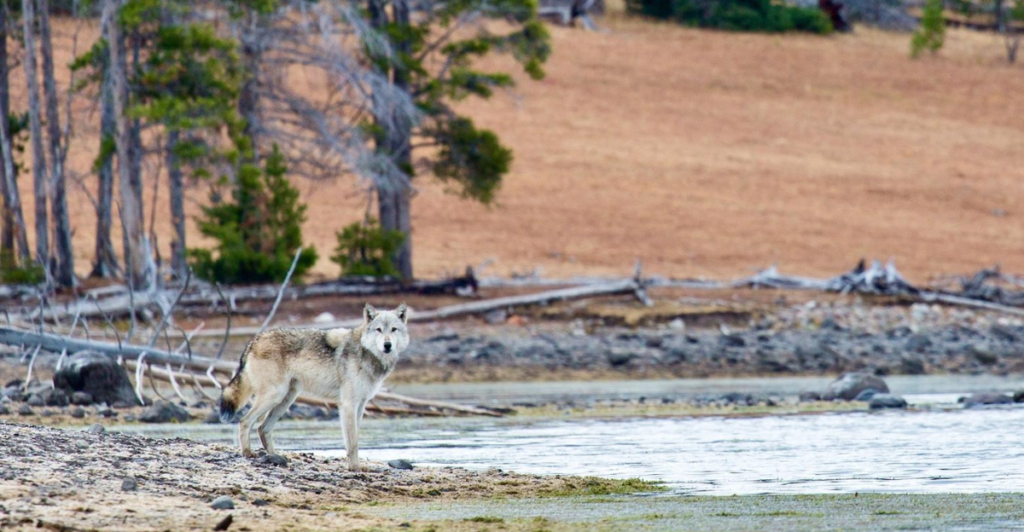
The crisis of Yellowstone’s border wolves highlights a fundamental flaw in modern conservation: protection within parks is meaningless if survival outside is impossible.
Solutions may include creating buffer zones with regulated hunting limits, cross-state collaboration on wolf management policies, and technological advancements in tracking and deterrent systems. Without strategic changes, Yellowstone’s conservation success story could unravel at its borders.
As the Junction Butte pack pushes the boundaries of wolf social structures and resilience, the park and its supporters face a critical question: Will we adapt our conservation strategies to ensure the longevity of one of North America’s most iconic predators, or will Yellowstone’s wolves remain trapped in a cycle of recovery and loss?
Explore more of our trending stories and hit Follow to keep them coming to your feed!

Don’t miss out on more stories like this! Hit the Follow button at the top of this article to stay updated with the latest news. Share your thoughts in the comments—we’d love to hear from you!







